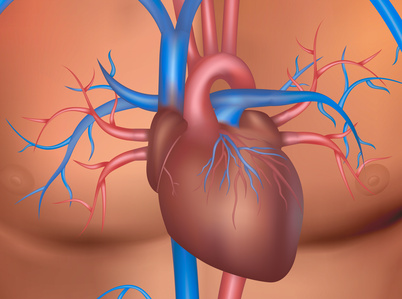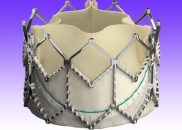Courtesy of Dr. Carlos Fava. There a few treatment options for tricuspid valve disease. It is practically limited to diuretics and surgery, is associated to high mortality and, generally, mitral regurgitation. Developing the “edge-to-edge” strategy with MitraClip has been shown beneficial and, at present, there are studies that claim this technique could be greatly beneficial…
Percutaneous Annuloplasty in Functional Mitral Regurgitation vs. Sham Procedure
In cases where it is difficult to demonstrate the improvement of a drug or a device in hard endpoints such as mortality, we should look for softer and easier to prove endpoints. The problem is that these soft endpoints are often subjective (such as sensation of shortness of breath or angina pectoris) and they could…
Unilateral Vascular Access in TAVR: Our Main Procedure, Increasingly Minimalist
There has been a significant decline in vascular complications in the last few years due to improvements in device profiles and operator experience on transcatheter aortic valve replacement (TAVR). Unilateral vascular access for transfemoral TAVR is as safe as bilateral access and it could be more comfortable for patients according to this study recently published…
Pre-TAVR Revascularization: Angiographic or Physiological?
In patients undergoing transcatheter aortic valve replacement (TAVR), fractional flow reserve (FFR) guided revascularization is associated with favorable results compared against the traditional angiography guided revascularization. Given the complete lack of randomized studies, this observational study is the best we have to decide how to guide revascularization in patients with symptomatic severe aortic stenosis undergoing…
Lower Mismatch Rate with the New Self-Expandable Valves
Prosthesis mismatch (PPM) was introduced by Rahimtoola in 1978 and happens when the effective orifice area of a heart valve prosthesis is too small in relation to patient body size. Surgical valves have been well documented, but there is little information on percutaneous valves. The study looked at 757 patients undergoing TAVR with pre and post procedural eco-Doppler…
AHA 2019 | RECOVERY: Early Surgery in Asymptomatic Severe Aortic Stenosis
This small randomized study heated the debate about when to intervene aortic stenosis (AS). Putting off surgical valve replacement (SAVR) in patients with asymptomatic AS and waiting for symptom onset with conservative care increased periprocedural risk and all cause cardiovascular death. This study presented by Dr Duk-Hyun Kang during AHA 2019 scientific sessions (simultaneously published…
Temporal Trends and Outcomes of TAVR in Bicuspids: Are We Any Better?
This large registry has shown bicuspid aortic stenosis (AS) patients have similar mortality with transcatheter aortic valve replacement (TAVR) compared against surgical valve replacement (SAVR). TAVR outcomes in this population are not only similar to SAVR outcomes, but also to TAVR outcomes in patients with conventional aortic valve anatomy. Despite the good news, these outcomes…
Europe Grants Approval to Balloon-Expandable Valve in Low-Risk Patients; Self-Expanding Valve Still Waiting for It
The balloon-expandable valve has been granted approval in Europe for treatment of the complete risk spectrum of symptomatic severe aortic stenosis. Europe has recently approved an expanded indication for the Sapien 3 system for use in low-risk patients, as reported by Edward Lifesciences. Sapien 3, which includes the next-generation Sapien 3 Ultra, is the first transcatheter heart valve…
Negative Impact of Pulmonary Hypertension in TAVR
Courtesy of Dr. Carlos Fava. The presence of pulmonary hypertension (PH) is frequent in severe aortic stenosis. This can be classified in: isolated pre-capillary PH, isolated post-capillary PH, and combined post-capillary and pre-capillary PH. At present, little research has looked into the disease from this perspective. The study looked at 1400 patients and divided them…
Infective Endocarditis After TAVI
Infective endocarditis after transcatheter aortic valve implantation (TAVI) is one of the most feared complications due to its morbidity and mortality. With the expansion of TAVI into all risk groups, endocarditis might be a long-term concern. However, its long-term risk seems similar to that of endocarditis with surgically-implanted biological valves; consequently, it should not affect…
Prosthesis Mismatch in Supra and Intra Annular valves
The self-expandable valve was associated to lower prosthesis-patient mismatch (PPM) compared against the balloon expandable valve regardless annular area, according to this study soon to be published in J Am Coll Cardiol Intv. This difference was basically driven by patients with larger body surface area (>1.83m²). Prosthesis mismatch has been associated to increased mortality after transcatheter…









